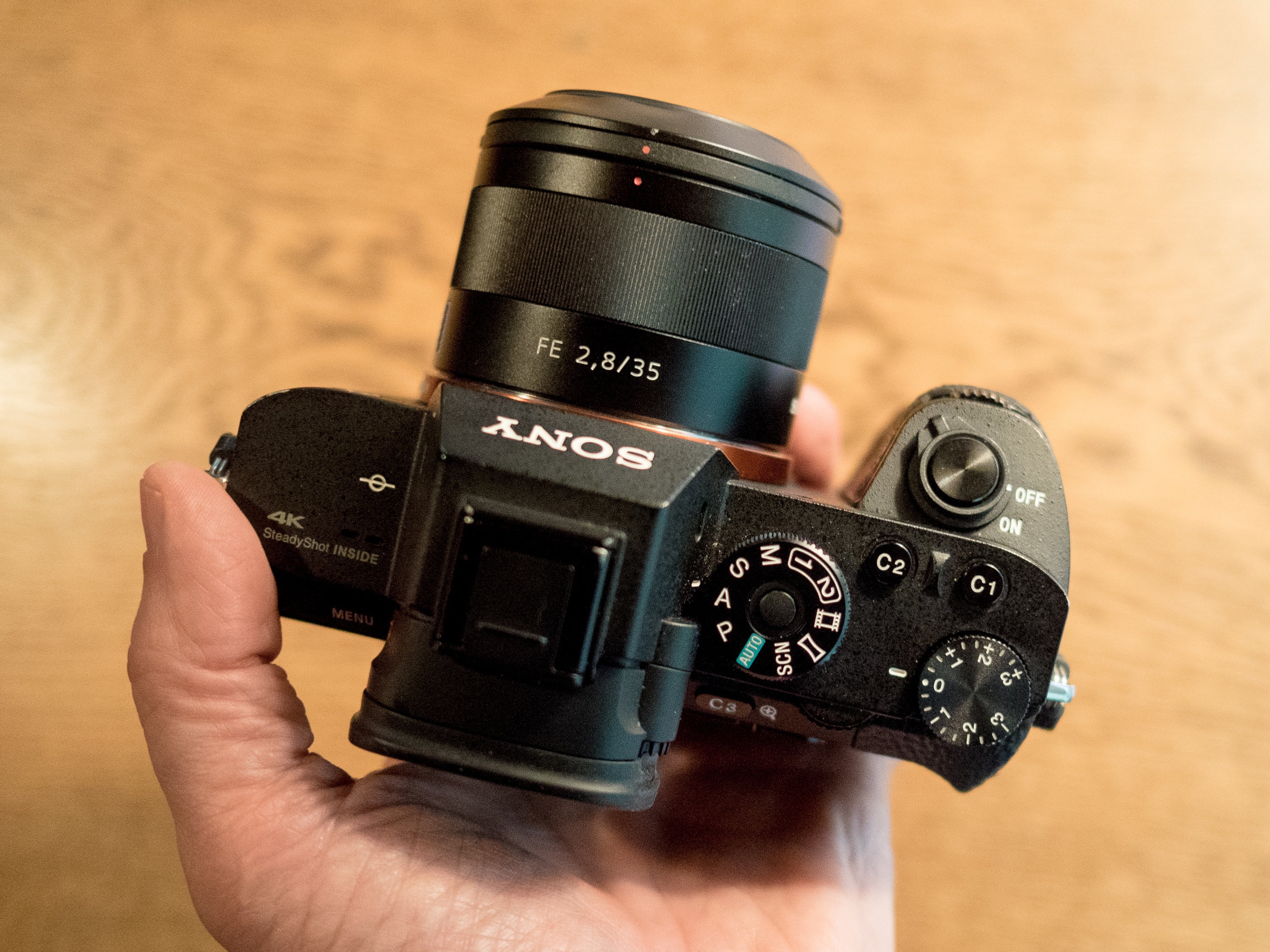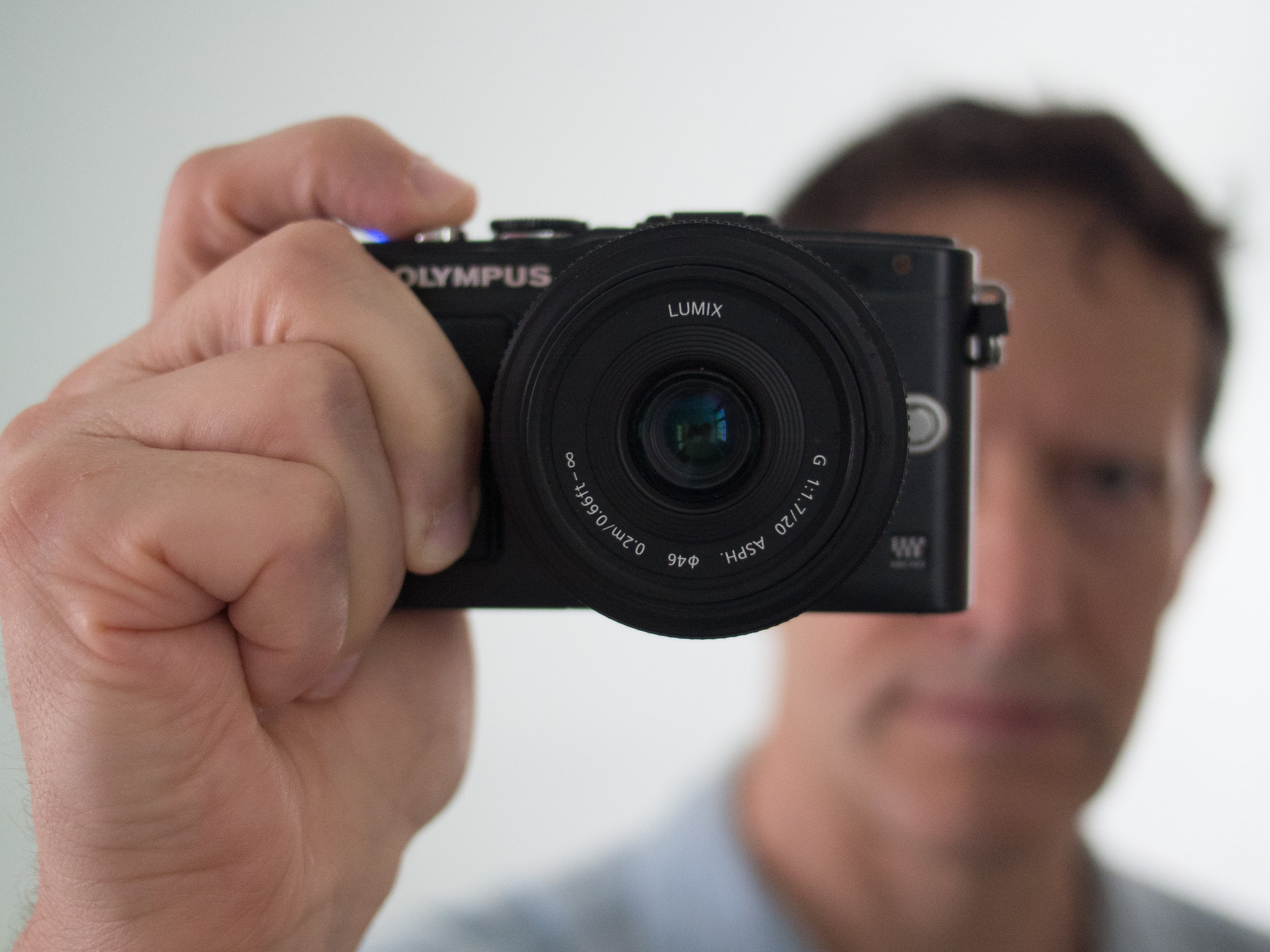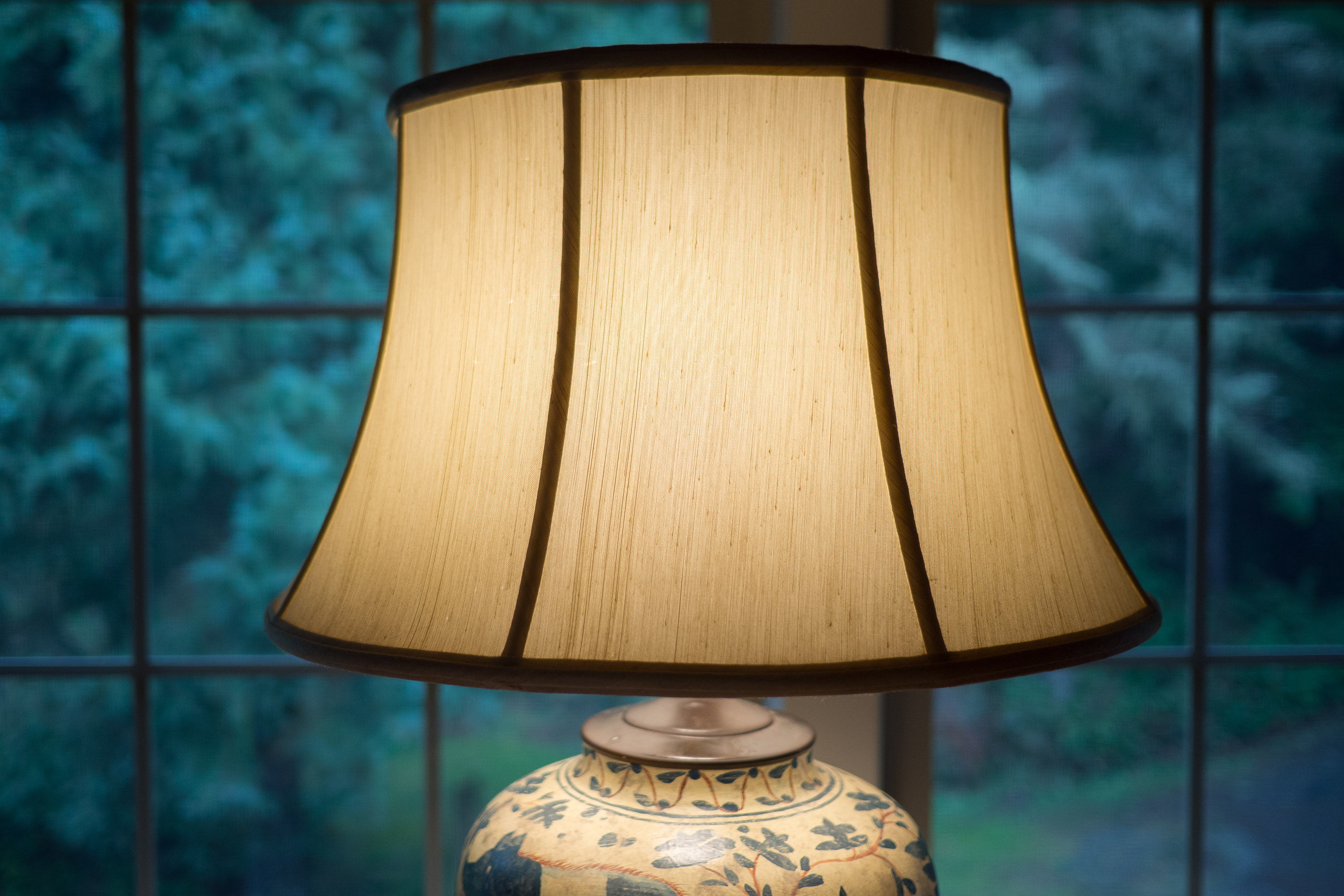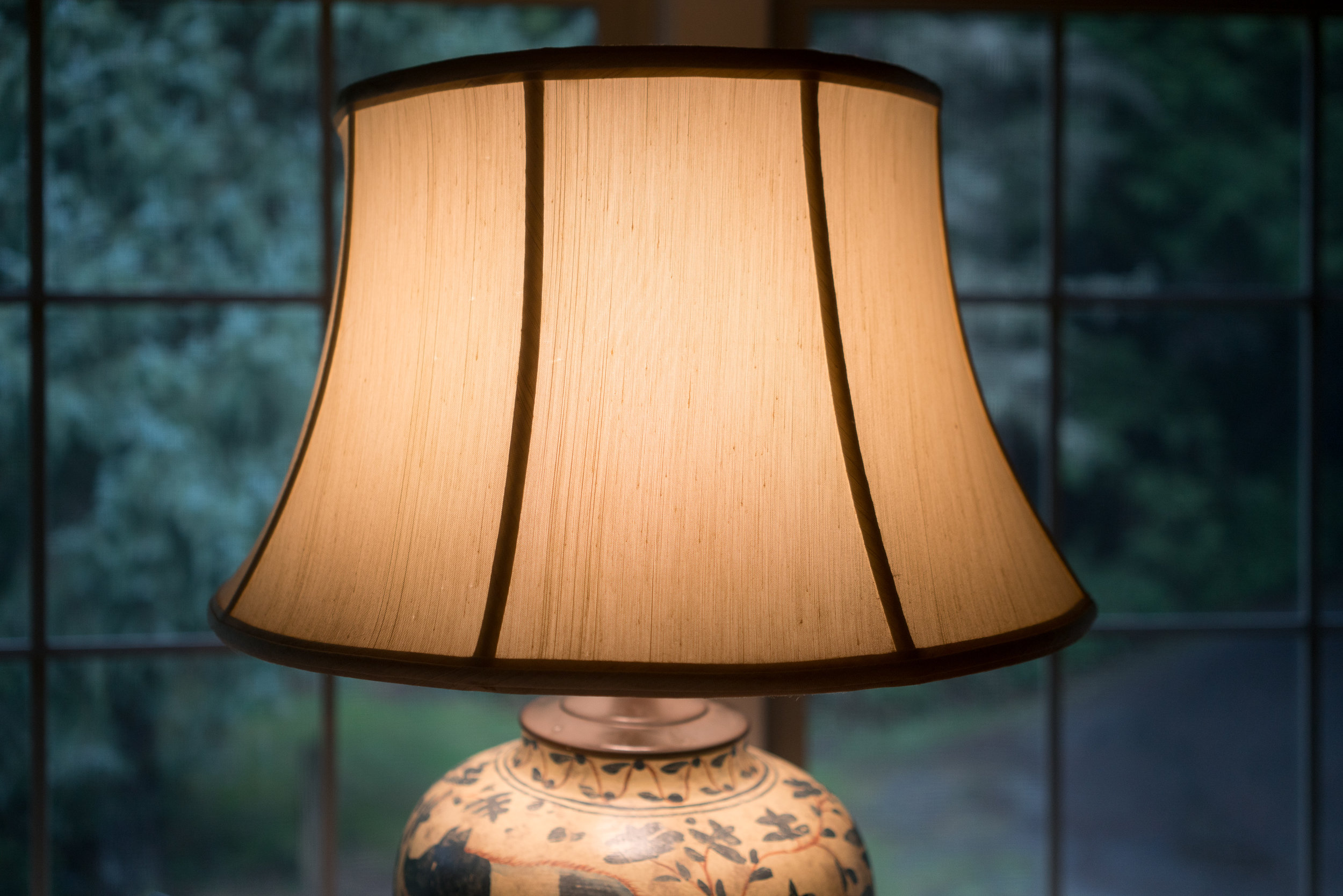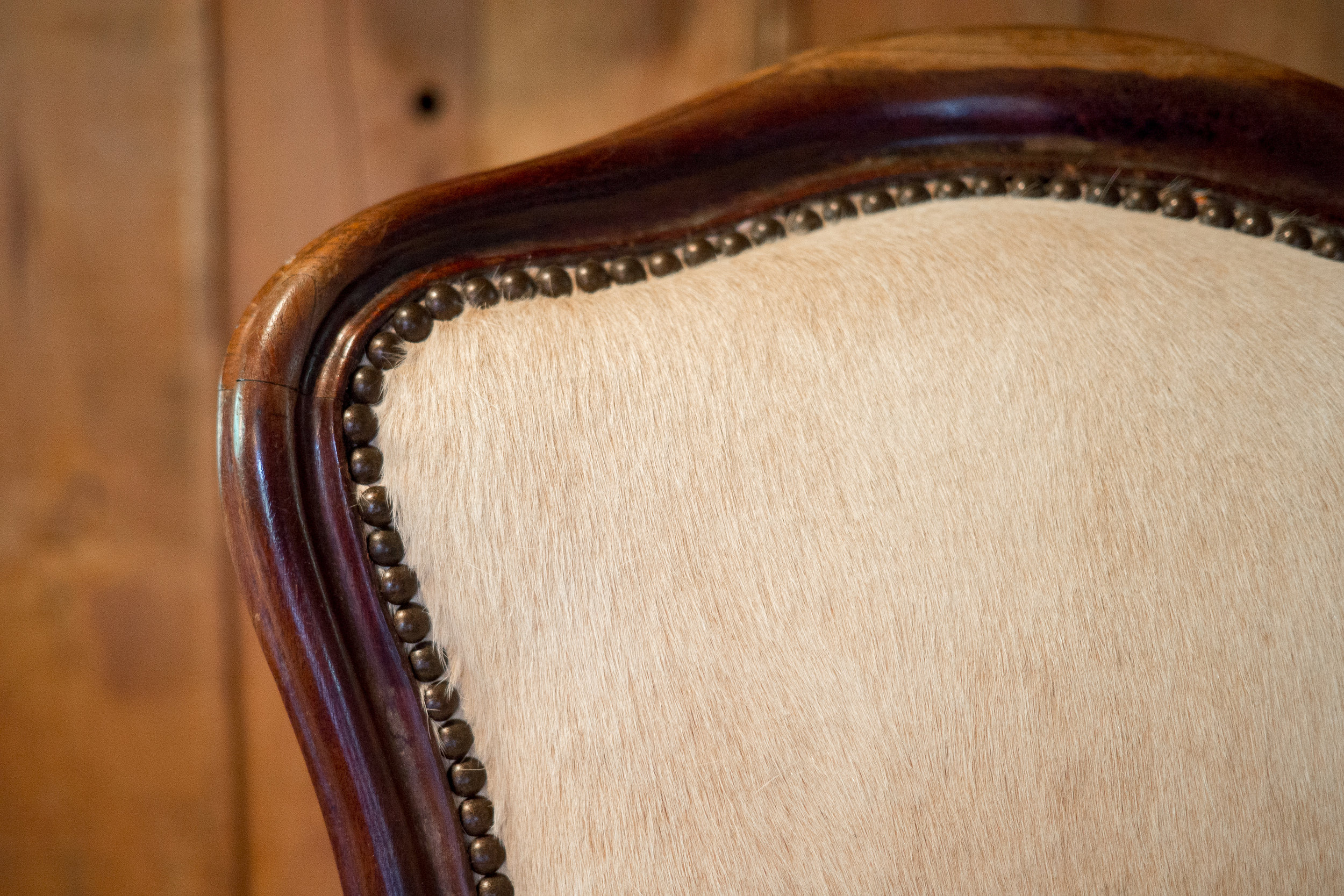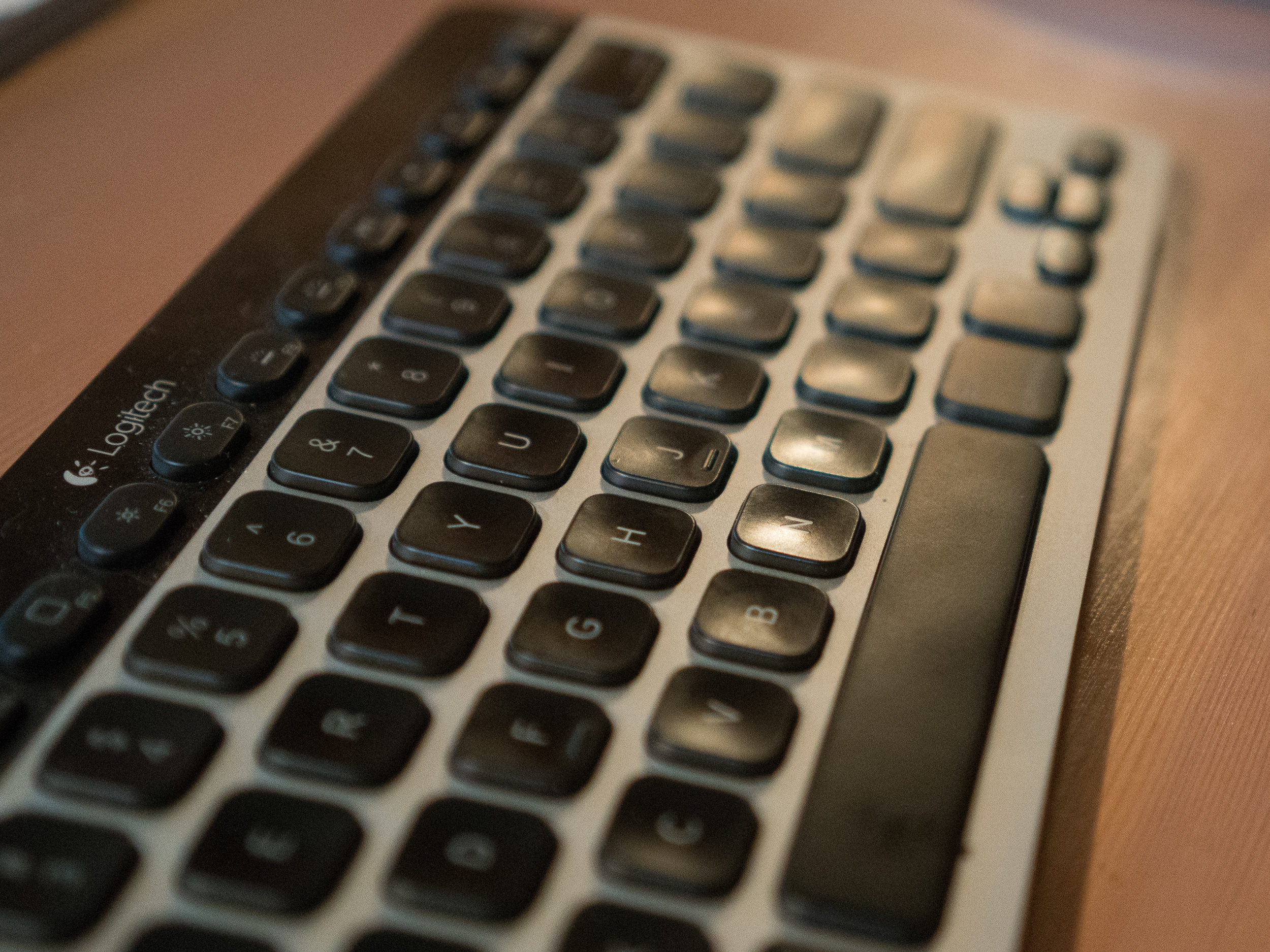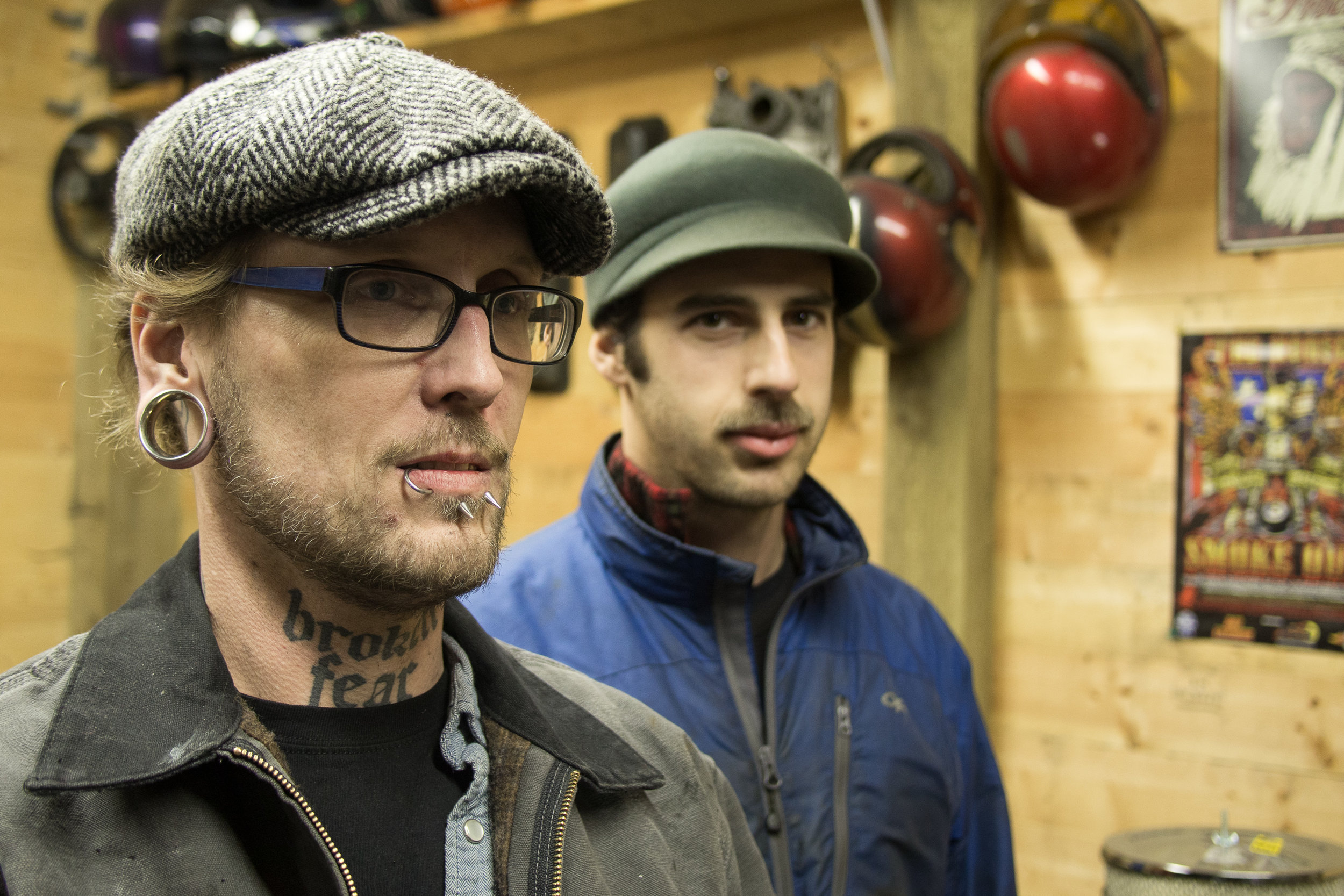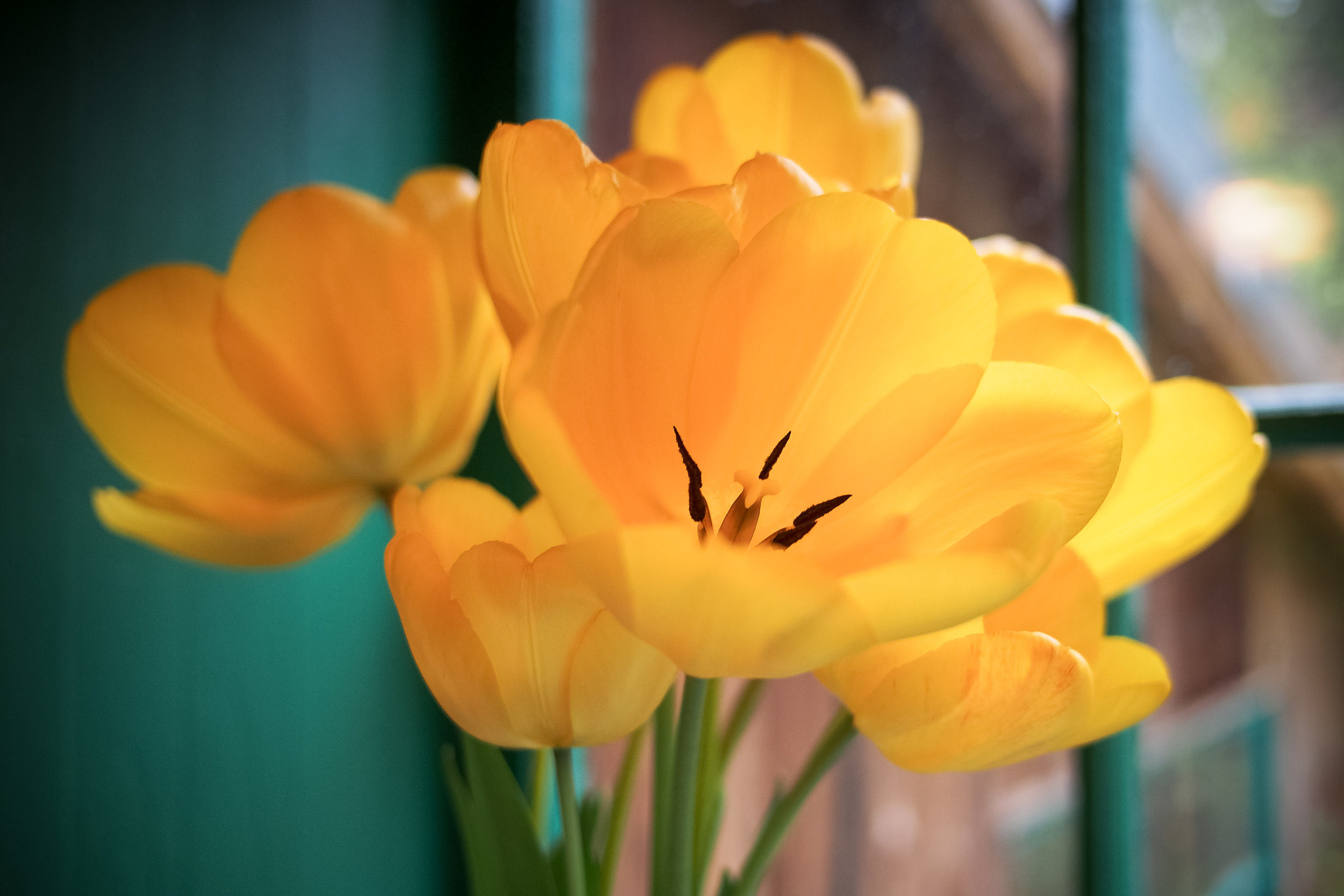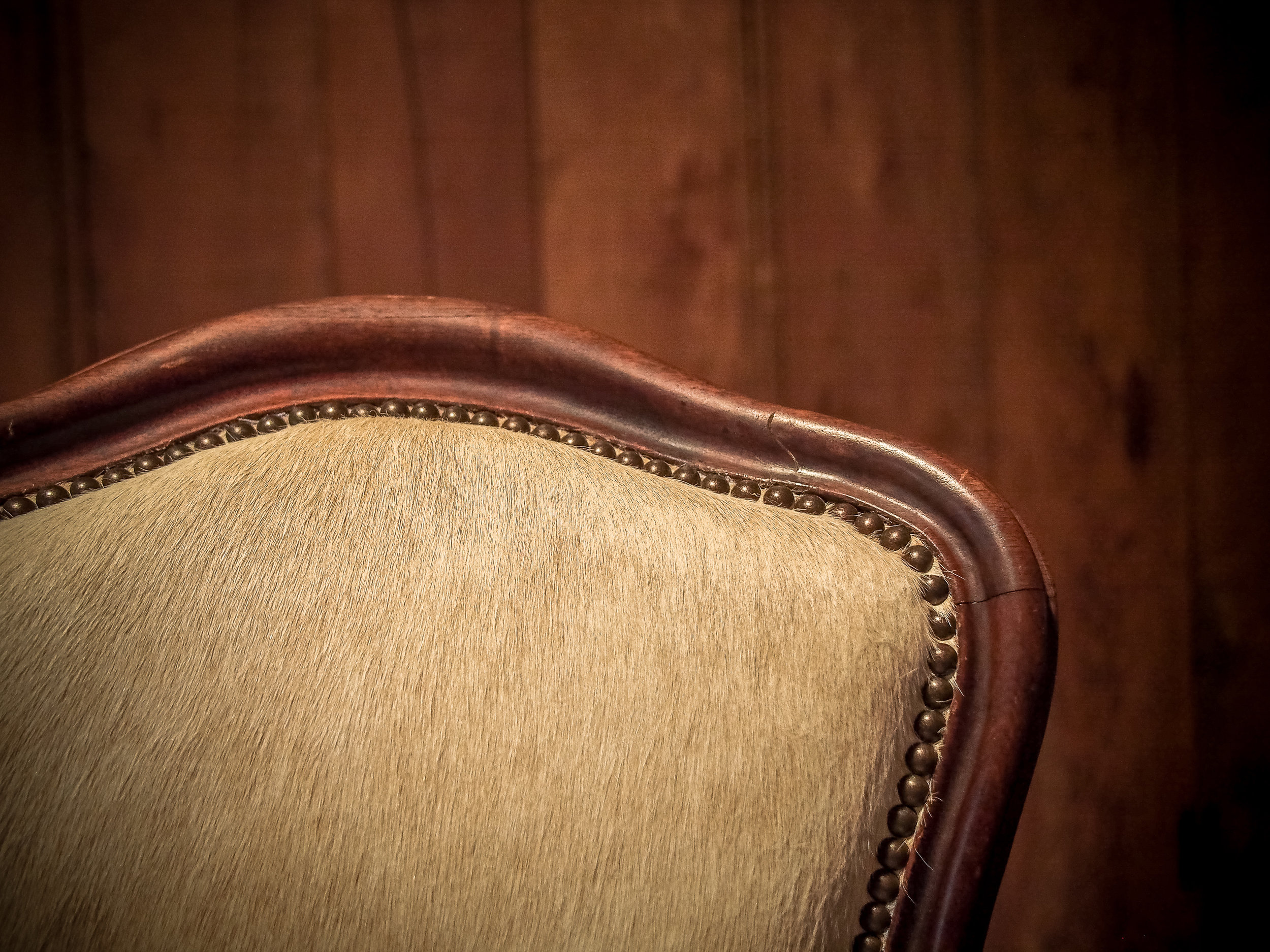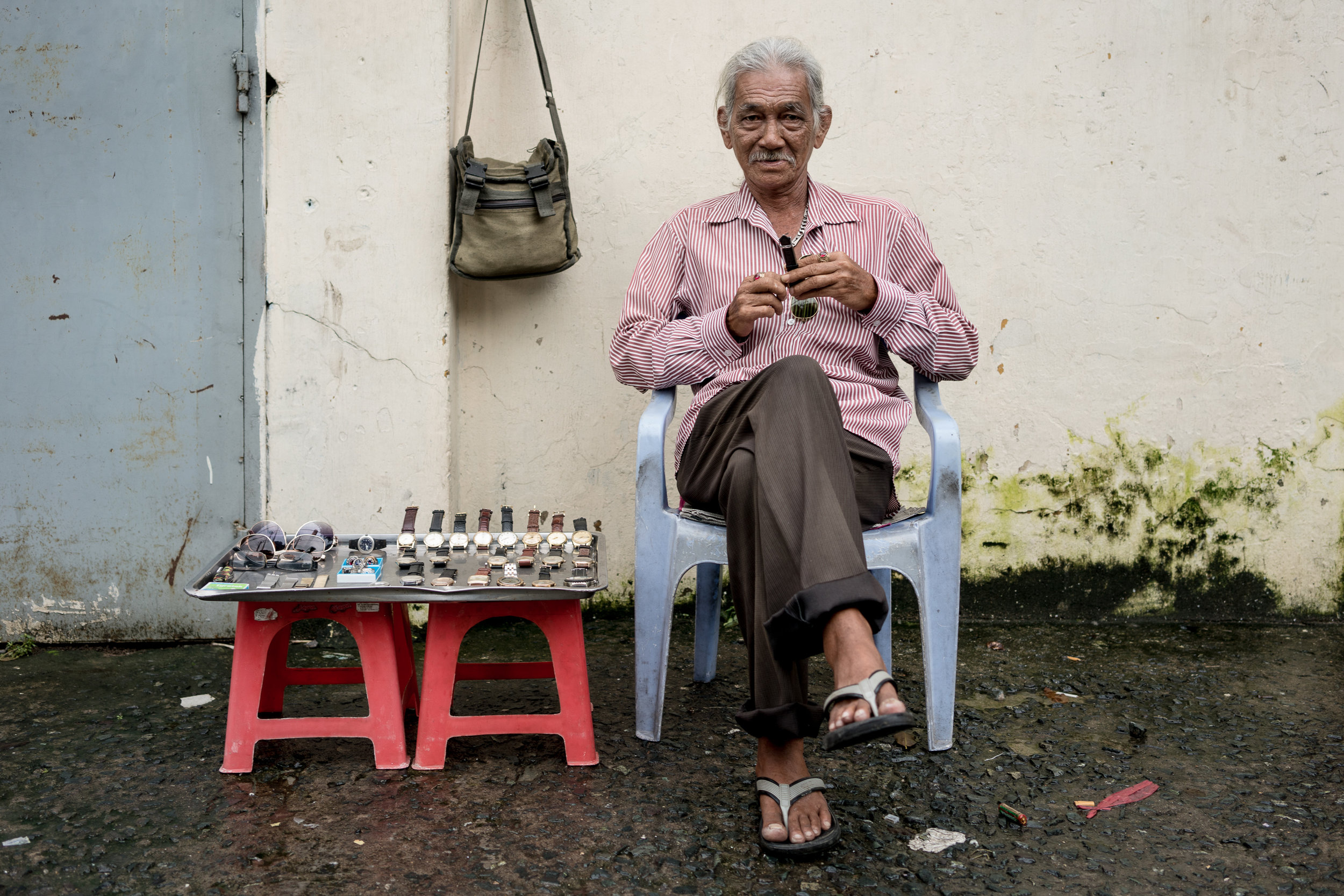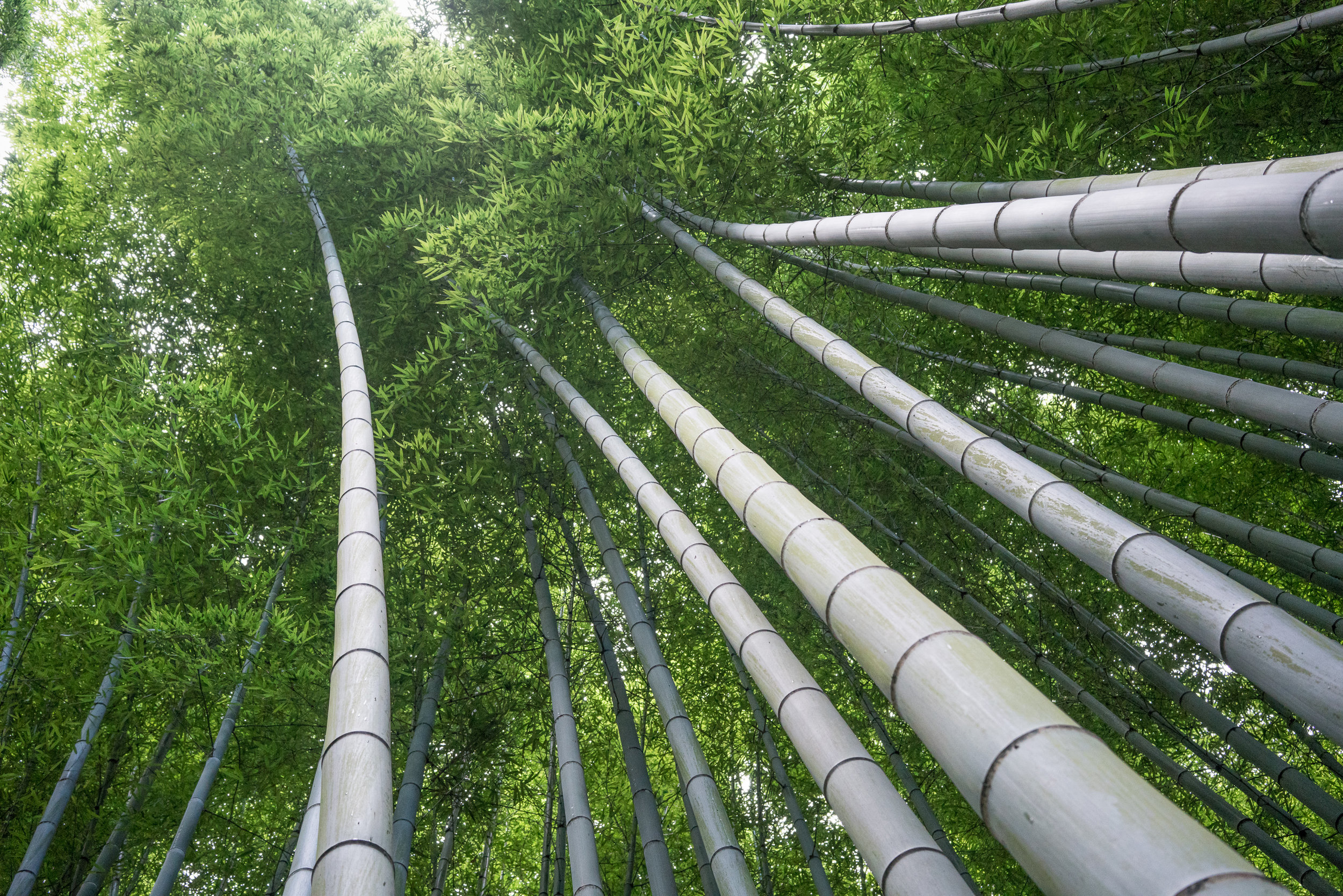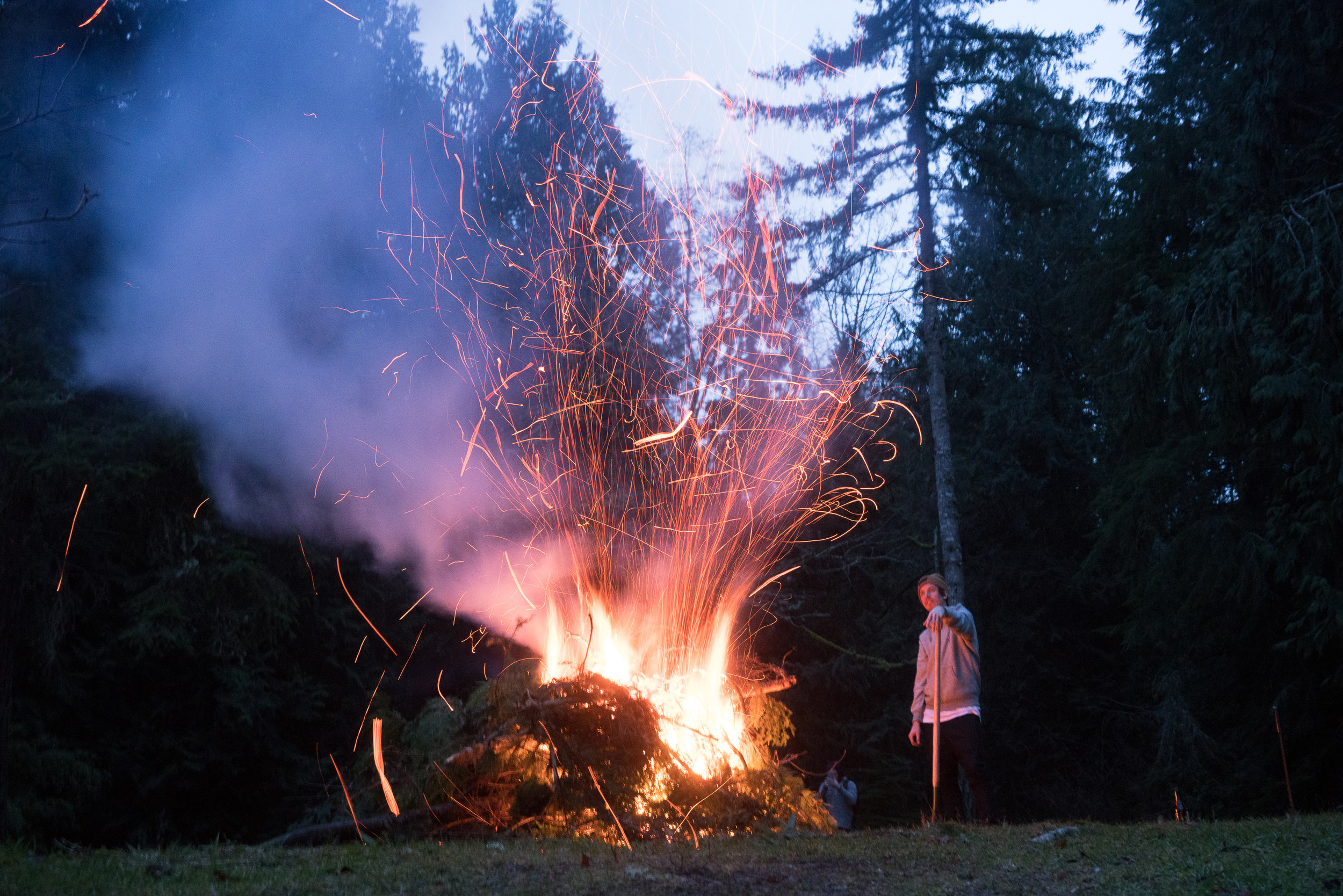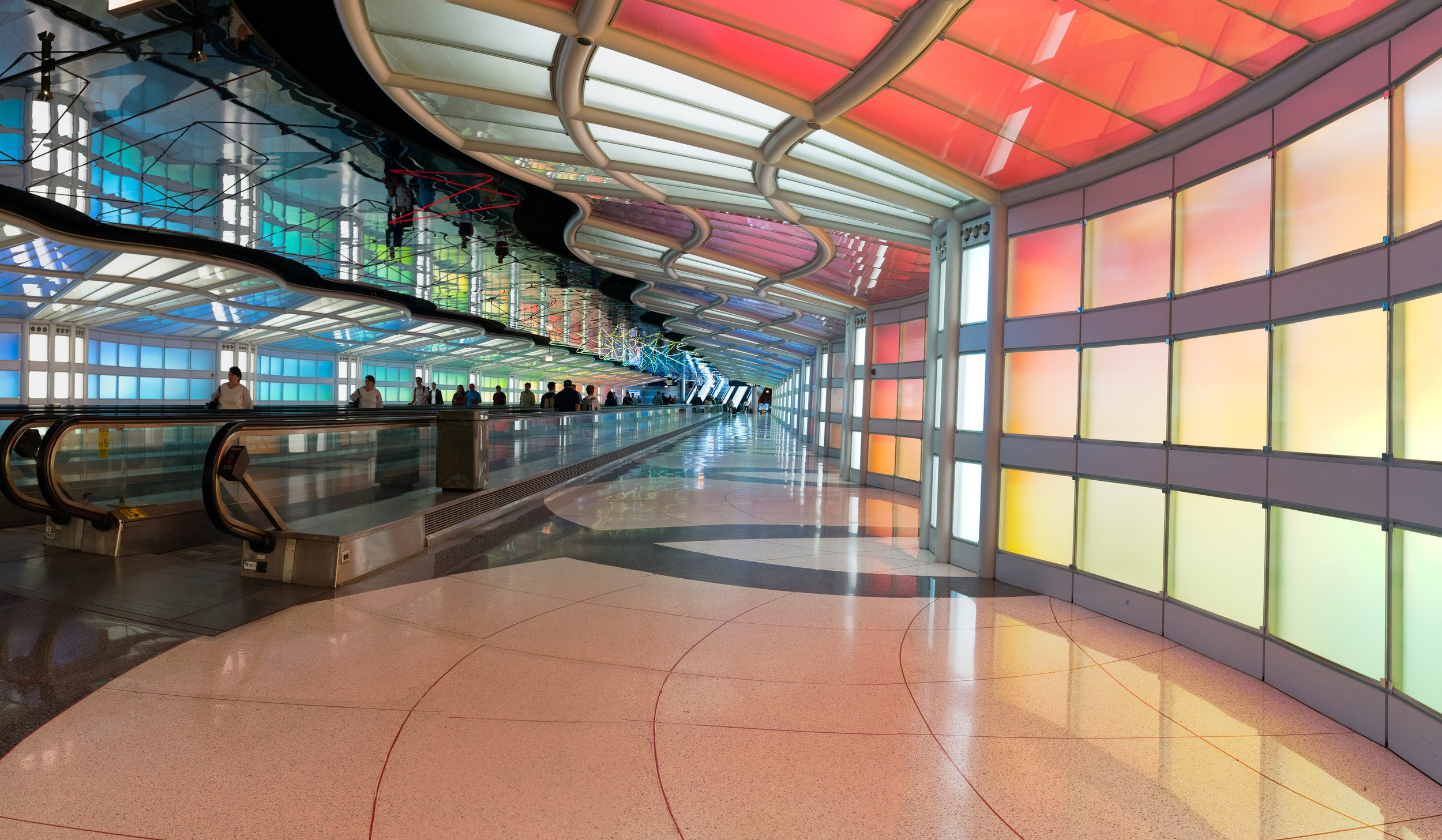Two Small Cameras, Two Small Lenses
Because I shoot frequently with mirrorless full frame and m43, I like to compare similar lenses on both camera systems. Here I take a look at two of the smallest lenses offered for each system: the Sony FE 35mm f/2.8 and the Lumix 20mm f/1.7. The Sony 35mm is by far the smallest autofocus lens available for their full frame system. The Lumix is even smaller - as are the bodies I used them on - and offers a 40mm equivalent field of view in full frame terms.
Depth of Field
As small walk-around lenses, neither is expected to be a Bokeh monster. But both perform very well, given those lowered expectations.
These two sets of photos were both shot wide open in order to show side to side clarity as well as depth of field and bokeh. f/1.7 on a m43 camera is equivalent to f/3.4 on full frame, so the two lenses are only one or two stops apart.
To me, both are sharp and have similar DOF, though the Sony 35mm f/2.8 is a bit smoother, which is to be expected given it's smaller aperture. However the Lumix performs comparatively well and has very reasonable DOF for a pancake lens, as you can see in the photos below and in the linked galleries.
Going close
For close-ups, the Lumix has a much closer focusing distance, which allows you to get up to the letters on a keyboard. Just want you always wanted to do, right? The Sony 35mm only focuses up to about 18 inches. Lucky the camera has 42 megapixels to crop from. Personally, I prefer the Lumix up close.
Out and About
Let's get even more un-scientific and look at some photos taken "in the field."
Panasonic Lumix 20mm f/1.7 on various Olympus bodies.
I just love this lens for people pics and for still-lifes. Together with a small body such as the E-PL5 or OMD-EM10, you can drop it into a blazer pocket or a cargo short pocket. It's that small. The focus is not quite as fast as the Olympus 17mm f/1.8 but I prefer the liveliness of photos taken with this lens.
Sony FE 35mm f/2.8 ZA on A7Rii
I haven't spent as much time with this lens but I love it for landscapes and also for hand-held low-light photography. Of course, Sony and Zeiss make 35mm lenses with much lower apertures, but those are more expensive and substantially less pocketable. This one strikes a good balance.
You can also view and download full-res versions of the photos in this article, here.
Coming soon: A short review of two portrait lenses for both systems.

